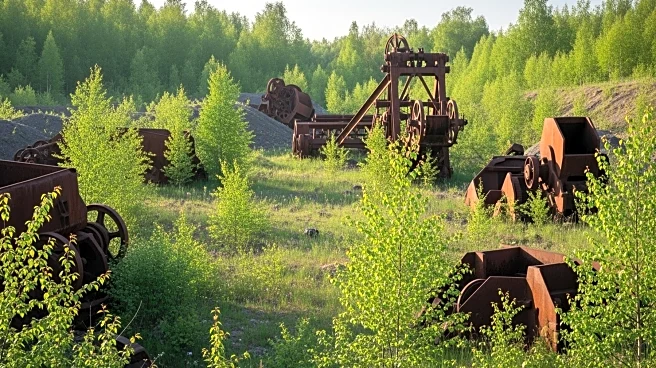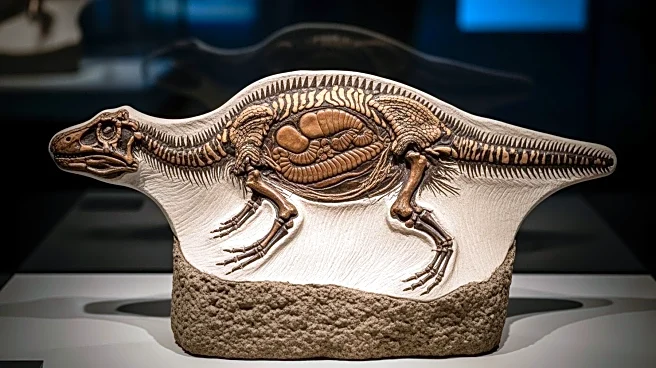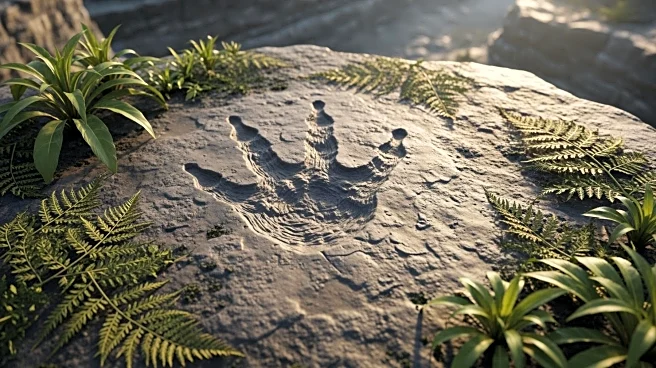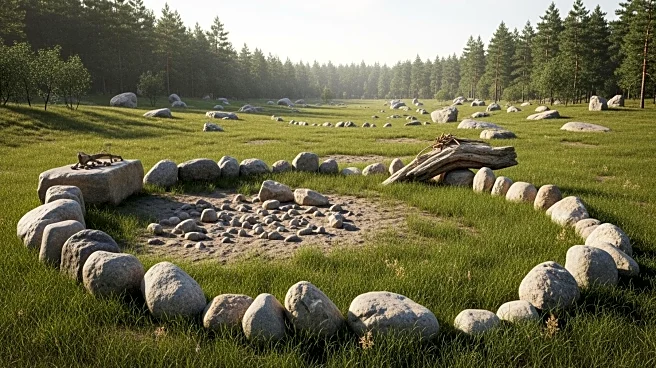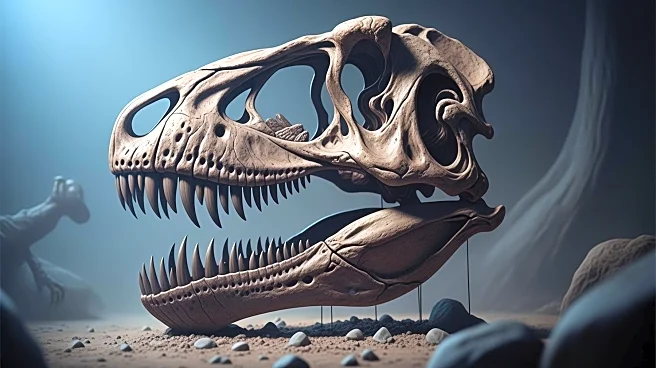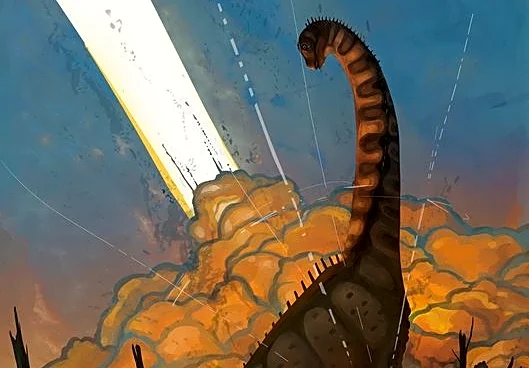What's Happening?
Researchers have published a study in Scientific Reports highlighting new tools for managing hazards and promoting sustainable land reuse in abandoned quarry caverns. The study investigates the geological
hazard development and stability of hard rock mined cavern groups, using field investigations, numerical simulations, and structural modeling. The findings provide insights into assessing risks and promoting the reuse of these underground structures.
Why It's Important?
The study offers valuable insights into the stability and potential reuse of abandoned hard rock caverns, which differ significantly from coal mine goafs. Understanding these caverns' behavior and hazard evolution is crucial for scientific study and potential reuse in urban and rural development. The research could inform future land management strategies and contribute to safer and more sustainable post-mining land use.
What's Next?
Researchers recommend implementing early-warning systems, conducting dynamic stability assessments, and applying targeted reinforcement to ensure safe reuse of abandoned caverns. Future work should focus on establishing standardized evaluation protocols and exploring the combined effects of hydrogeological conditions, seismic activity, and human-induced disturbances on cavern behavior.
Beyond the Headlines
The study emphasizes the importance of combining geological mapping, structural modeling, and numerical simulation for assessing cavern stability. Technologies such as UAV photogrammetry, 3D laser scanning, and finite element modeling enable precise characterization of complex structures, supporting informed decision-making in post-mining land management.
